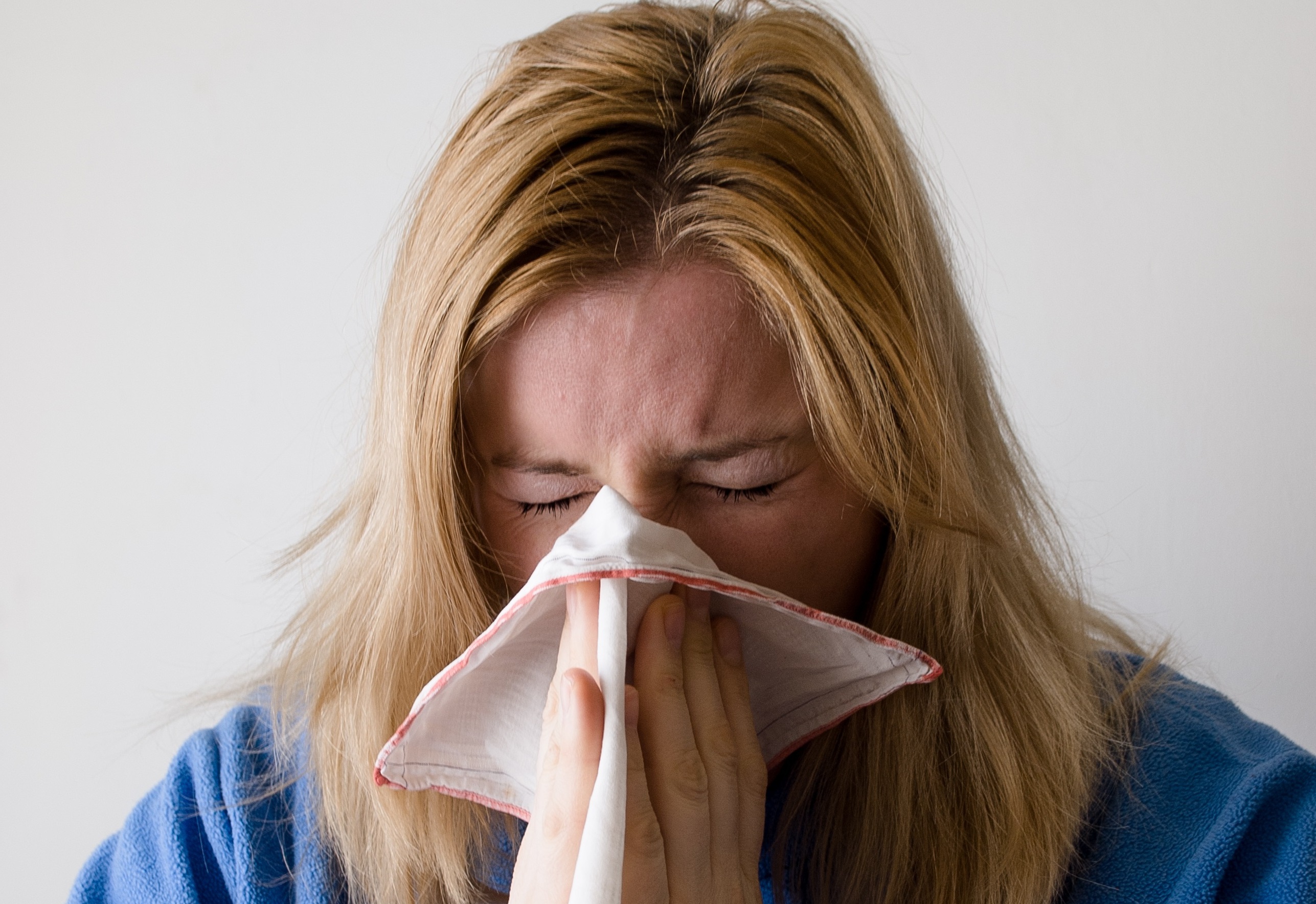LIFESTYLE NEWS - Many people associate the common cold with winter.
Indeed, it’s easier to get ill during the colder months as the rhinovirus multiplies with greater ease at cooler temperatures, and the virus easily spreads from person to person as we tend to spend more time indoors.
However, the common cold can strike any time of the year, even during the summer albeit less frequently.
The same process described in this article What Happens When You Catch the Common Cold? occurs in your body when you become infected in the summer.
It starts when you touch an infected surface or inhale the virus, which then latches to the upper respiratory tract.
The virus begins to multiply itself, damaging the cells in your throat before breaking free into the bloodstream where it begins to infect the rest of your body.
Summer colds are usually caused by the second most common type of cold virus that infects humans – the enterovirus.
Whereas the rhinovirus mainly affects the respiratory tract, the enterovirus also attacks the gastrointestinal tract and may cause an upset tummy and nausea.
These two viruses share the same symptoms – congestion, coughing, sore throats and sometimes mild fever – but the enterovirus likes to stick around longer, which is why a summer cold always feels worse.
Since a cold is so common during summer, many sufferers confuse it with hay fever.

A cold is so common during summer that many sufferers confuse it with hay fever. Image: Urine Drug Test
It’s also quite easy to mistake seasonal allergies for a cold due to the similarity of their congestion symptoms.
When hay fever strikes, you will experience a runny nose and congestion, coughing, sneezing, postnasal drip and fatigue.
When these symptoms come about in the spring, it may be because your immune system is hypersensitive to tree pollens.
When the allergic reaction occurs during the summer, grass and weed pollen are usually the culprits.
If you suffer from hay fever all year around, it may be due to exposure to indoor allergens.
Encounters with dust mites, feathers, dead skin cells from household animals and houseplant pollen normally found in pillows, linen, curtains and carpeting can all trigger symptoms.
Exposure to the spores of mold, found in wet areas around the house, can also cause allergic reactions.

A cold’s symptoms develop one by one and last seven to 10 days.
There are ways to differentiate between a summer cold and hay fever though. Firstly, if you look at the colour of your mucus and notice that the discharge is clear or have a green or yellow shade, you’re likely suffering from a cold.
An itchy nose, eyes and throat, without the feeling of stuffiness, indicate hay fever.
Secondly, a cold’s symptoms develop one by one and last seven to 10 days.
Those that come with seasonal allergies happen concurrently and may persist as long as the person is in contact with allergens.
Summer is a time to relax and indulge in life’s little pleasures, but any fun activities you have planned can easily be thwarted by the onset of the cold.
Fortunately, like the winter cold, your symptoms can be managed by getting enough rest, drinking plenty of fluid and taking the right medication.
Like the summer cold, there are more serious illness that can come at a time when you least expect it, therefore it’s best to be financially prepared for life’s curve balls, such as joining a Medical Aid scheme.
This article was written in collaboration with Hippo.co.za and is provided for informational purposes only. It should not be construed as medical advice. Hippo.co.za does not accept responsibility for any losses or damages that may occur as a result of this article.
'We bring you the latest Garden Route, Hessequa, Karoo news'
















